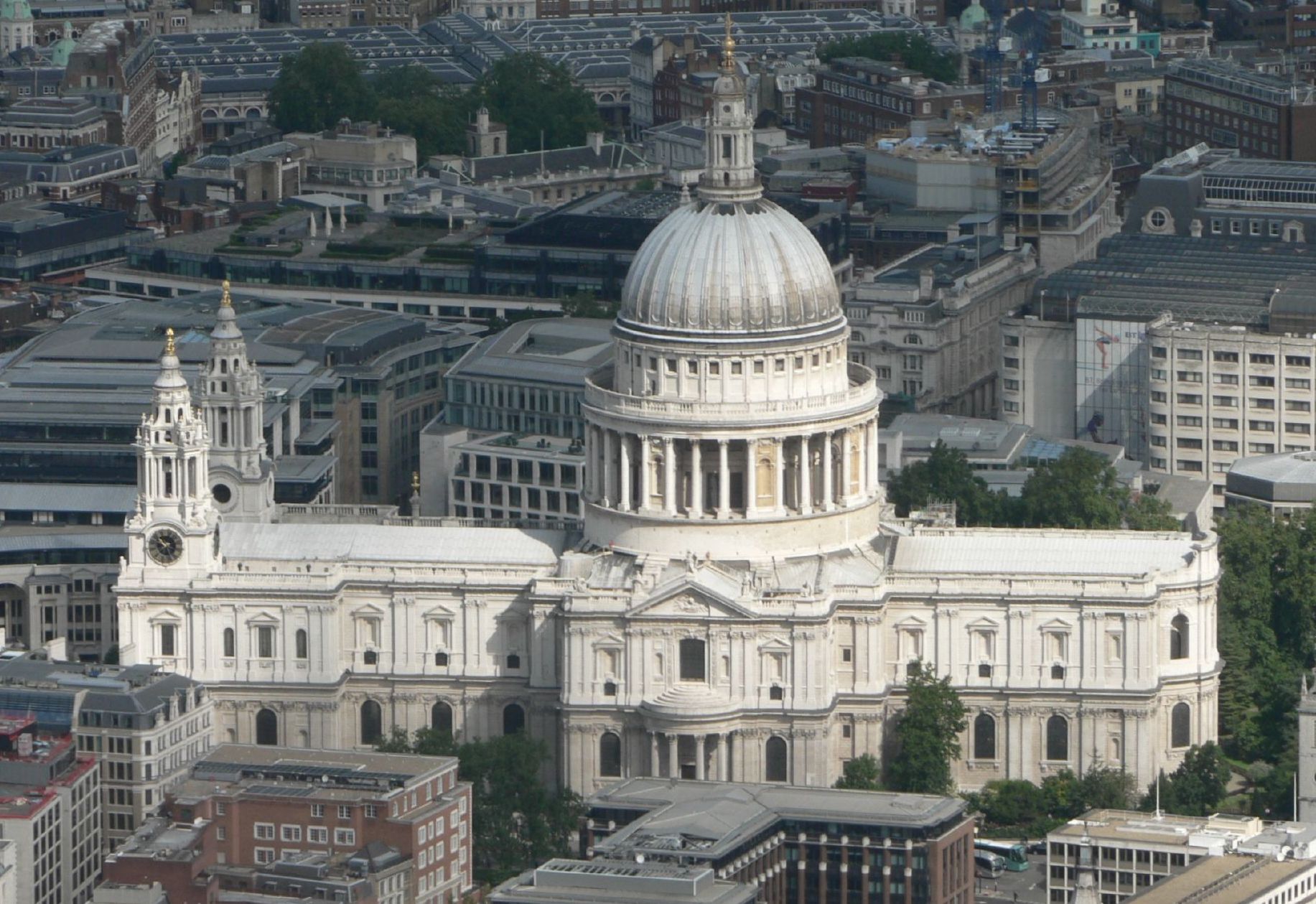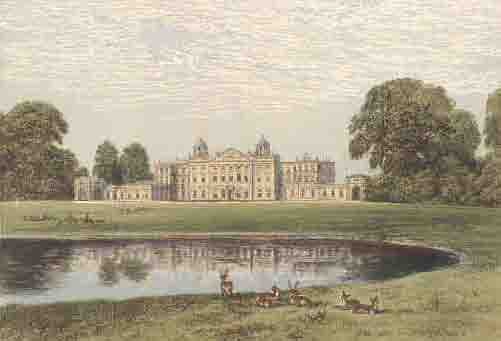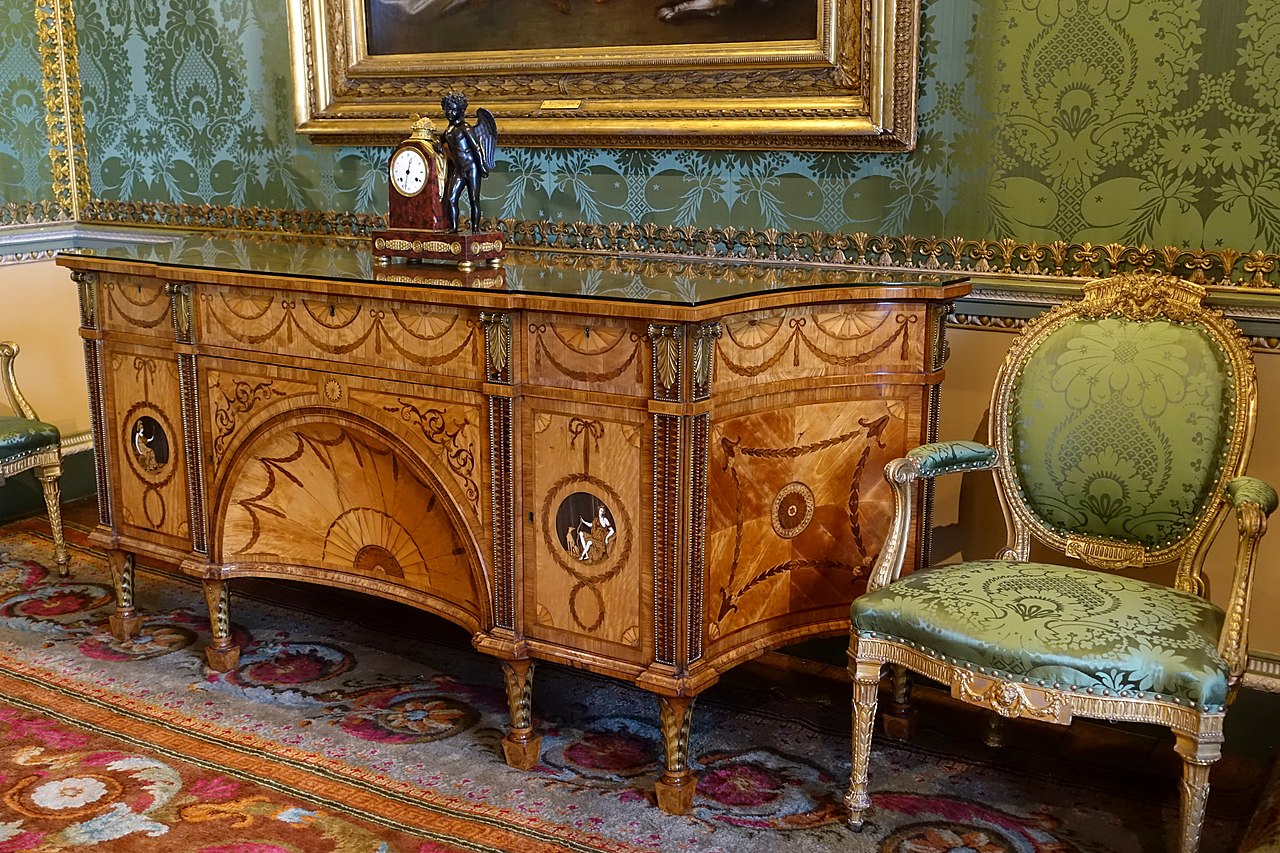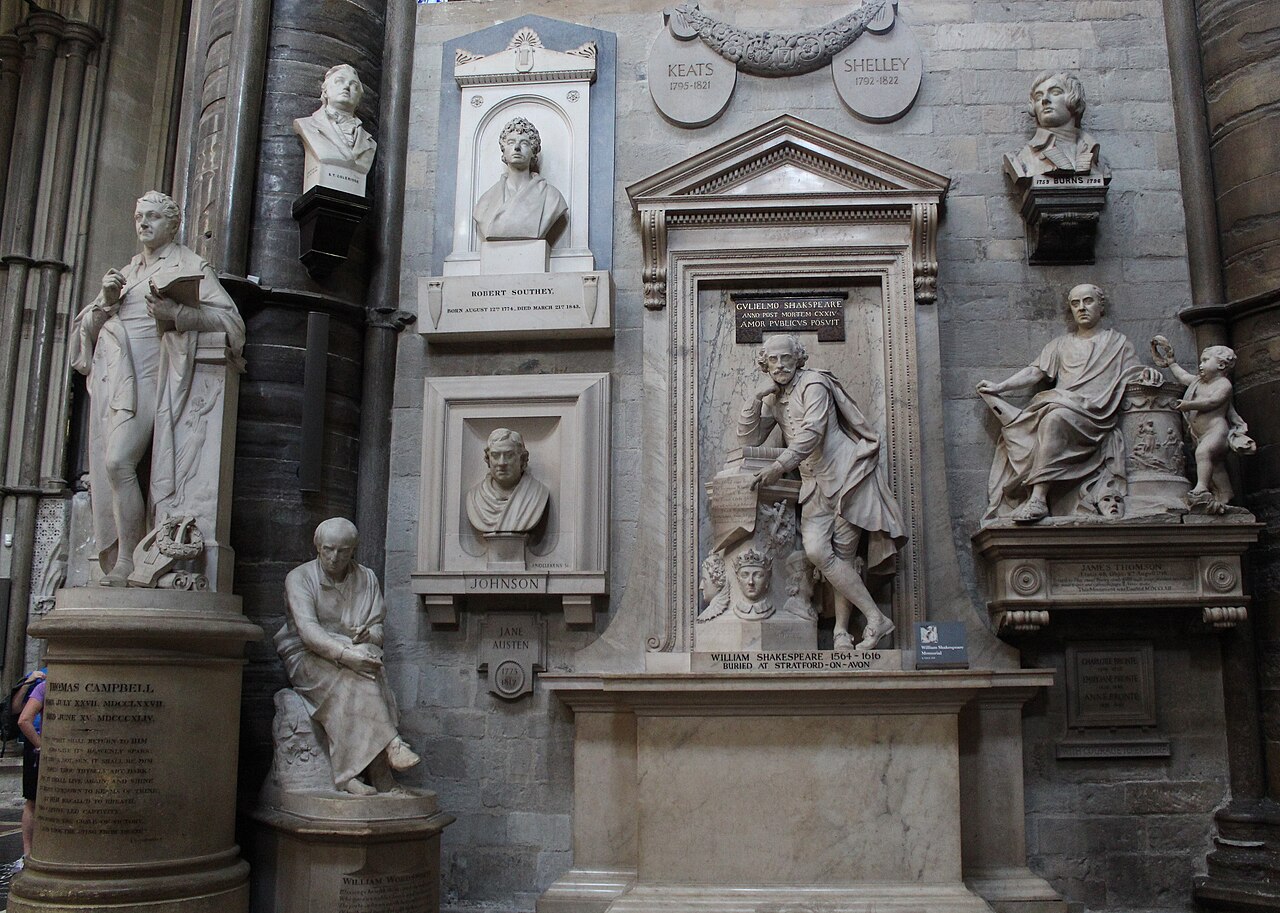Architecture, Design, and Literature in the UK
Britain’s rich cultural heritage in architecture, design, fashion, literature, and poetry, highlighting key figures, works, and artistic movements from the Middle Ages to modern times.
Architecture
The UK has a rich and varied architectural history.
During the Middle Ages, many great cathedrals and churches were built, such as Durham, Lincoln, Canterbury, and Salisbury Cathedrals. The White Tower in the Tower of London is a fine example of a Norman castle keep, built under William the Conqueror.
As peace spread across the countryside, wealthy landowners built more elaborate homes. This led to grand country houses like Hardwick Hall in Derbyshire, showing how British architectural styles began to evolve.
In the 17th century, Inigo Jones looked to classical architecture for inspiration. He designed the Queen’s House at Greenwich and the Banqueting House in Whitehall, London. Later, Sir Christopher Wren helped create a British version of ornate European styles, most famously seen in the new St Paul’s Cathedral.

During the 18th century, simpler styles became fashionable. The Scottish architect Robert Adam influenced design across the UK, Europe, and America. He designed both interiors and buildings, including Dumfries House in Scotland. His ideas shaped cities such as Bath, where the Royal Crescent was built.
In the 19th century, the Gothic style returned. As cities expanded, many grand public buildings appeared in this style—such as the Houses of Parliament, St Pancras Station, and town halls in Manchester and Sheffield.

In the 20th century, Sir Edwin Lutyens became an important figure. He designed New Delhi, the seat of government in India, and many war memorials after the First World War, including the Cenotaph in Whitehall. Every year, the Remembrance Day service is held there, attended by the King, politicians, and foreign ambassadors.
Modern British architects like Sir Norman Foster (1935–), Lord (Richard) Rogers (1933–), and Dame Zaha Hadid (1950–2016) continue to work on major projects worldwide.
Garden Design
Alongside architecture, garden design has played a key role in British life. In the 18th century, Lancelot “Capability” Brown designed landscapes that looked natural, with grass, trees, and lakes. He said each place had “capabilities”. Later, Gertrude Jekyll worked with Sir Edwin Lutyens to design colourful gardens around his houses. Gardens remain important in British homes today, and the Chelsea Flower Show displays designs from Britain and around the world.
Capability Brown
18th-century landscape designer who created gardens that looked natural.Famous for saying that each place had “capabilities”.
Designed grounds with grass, lakes, and trees.

Fashion and Design
Britain has produced many famous designers:
- Thomas Chippendale (18th century) – designed furniture
- Clarice Cliff – created Art Deco ceramics
- Sir Terence Conran – a 20th-century interior designer
Recent fashion icons include Mary Quant, Alexander McQueen, and Vivienne Westwood.

Literature
Britain has a long and prestigious literary history. Writers such as Sir William Golding, Seamus Heaney, and Harold Pinter have all won the Nobel Prize in Literature.
Popular authors include Agatha Christie, whose detective stories are read worldwide, and Ian Fleming, who created James Bond. In 2003, The Lord of the Rings by J. R. R. Tolkien was voted the UK’s best-loved novel.
The Booker Prize is awarded every year for the best English-language novel published in the UK or Ireland since 1968. Winners include Ian McEwan, Hilary Mantel, and Julian Barnes.
Other notable British Authors
| Author | Known For |
|---|---|
| Jane Austen | Pride and Prejudice, Sense and Sensibility, focus on marriage and family |
| Charles Dickens | Oliver Twist, Great Expectations, characters like Scrooge and Mr Micawber |
| Robert Louis Stevenson | Treasure Island, Kidnapped, Dr Jekyll and Mr Hyde, adventure and psychological fiction |
| Thomas Hardy | Far from the Madding Crowd, writing about rural life |
| Sir Arthur Conan Doyle | Sherlock Holmes series, creator of one of the first fictional detectives |
| Evelyn Waugh | Brideshead Revisited, satirical novels |
| Sir Kingsley Amis | Lucky Jim, and other novels |
| Graham Greene | Brighton Rock, The Heart of the Matter, exploring religious themes |
| J. K. Rowling | Harry Potter series, novels for children and adults |
British Poets
British poetry is among the richest in the world.
Early works include Beowulf, Chaucer’s Canterbury Tales, and Sir Gawain and the Green Knight. William Shakespeare wrote many sonnets and longer poems. John Milton’s Paradise Lost reflected Protestant ideas.
Poets like William Wordsworth were inspired by nature, while Sir Walter Scott celebrated Scottish traditions. The 19th century saw great poets like William Blake, John Keats, Lord Byron, Percy Shelley, Alfred Lord Tennyson, and Robert and Elizabeth Browning.
During the First World War, poets such as Wilfred Owen and Siegfried Sassoon wrote about the horrors of war. Later poets include Walter de la Mare, John Masefield, John Betjeman, and Ted Hughes.
Many are honoured in Poets’ Corner, Westminster Abbey.

Famous Lines
- “Oh, to be in England now that April’s there…” – Robert Browning - Home Thoughts from Abroad
- “She walks in beauty, like the night…” – Lord Byron - She Walks in Beauty
- “I wander’d lonely as a cloud…” – William Wordsworth - Daffodils
- “Tyger! Tyger! burning bright…” – William Blake - The Tyger
- “What passing-bells for these who die as cattle…” – Wilfred Owen - Anthem for Doomed Youth
Key Points
- Britain’s architecture evolved from medieval cathedrals to modern design.
- Key architects: Inigo Jones, Christopher Wren, Robert Adam, Edwin Lutyens, Norman Foster, Zaha Hadid.
- Capability Brown and Gertrude Jekyll shaped garden design.
- Famous designers: Chippendale, Clarice Cliff, Terence Conran, Mary Quant, Vivienne Westwood.
- The UK has produced major literary figures and Nobel Prize winners.
- The Booker Prize recognises top English-language fiction.
- Iconic authors: Austen, Dickens, Stevenson, Hardy, Conan Doyle, Rowling, etc.
- Rich poetic tradition from Beowulf to modern poets like Ted Hughes.
- Many poets commemorated in Poets’ Corner at Westminster Abbey.